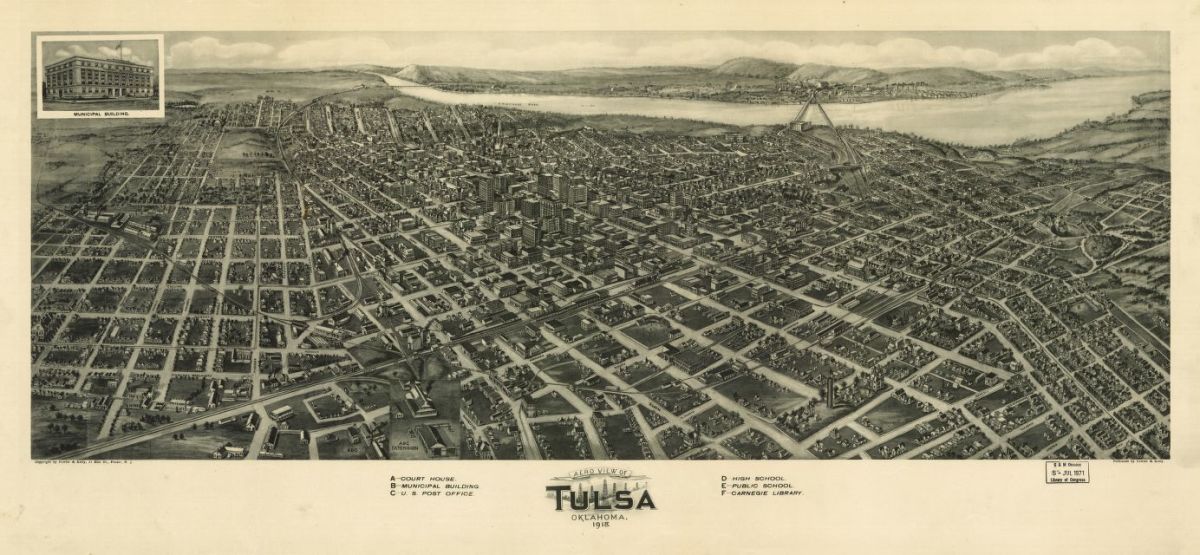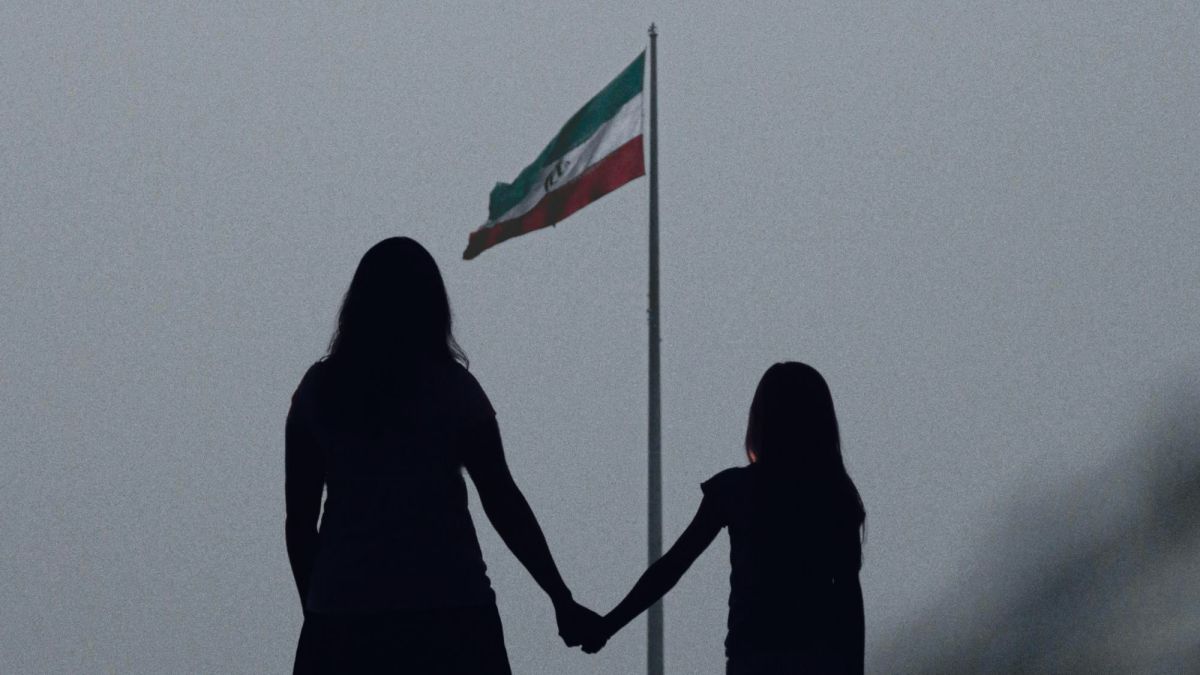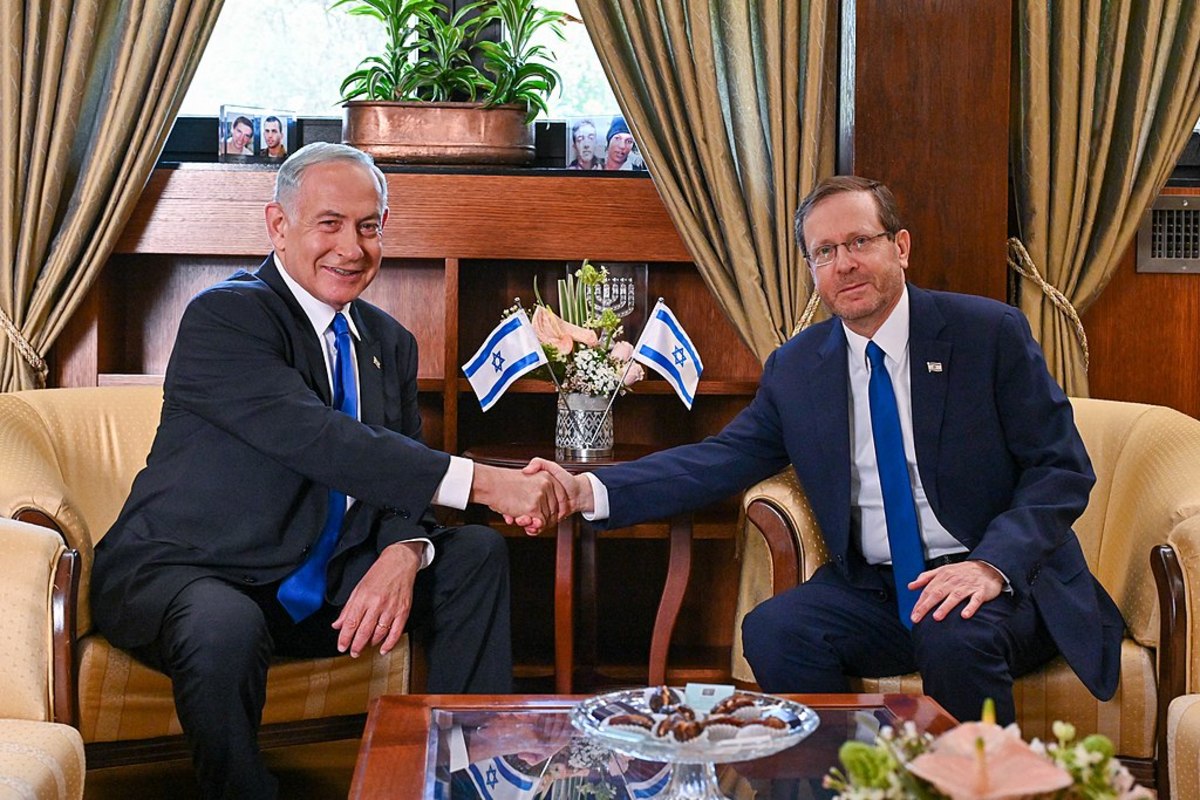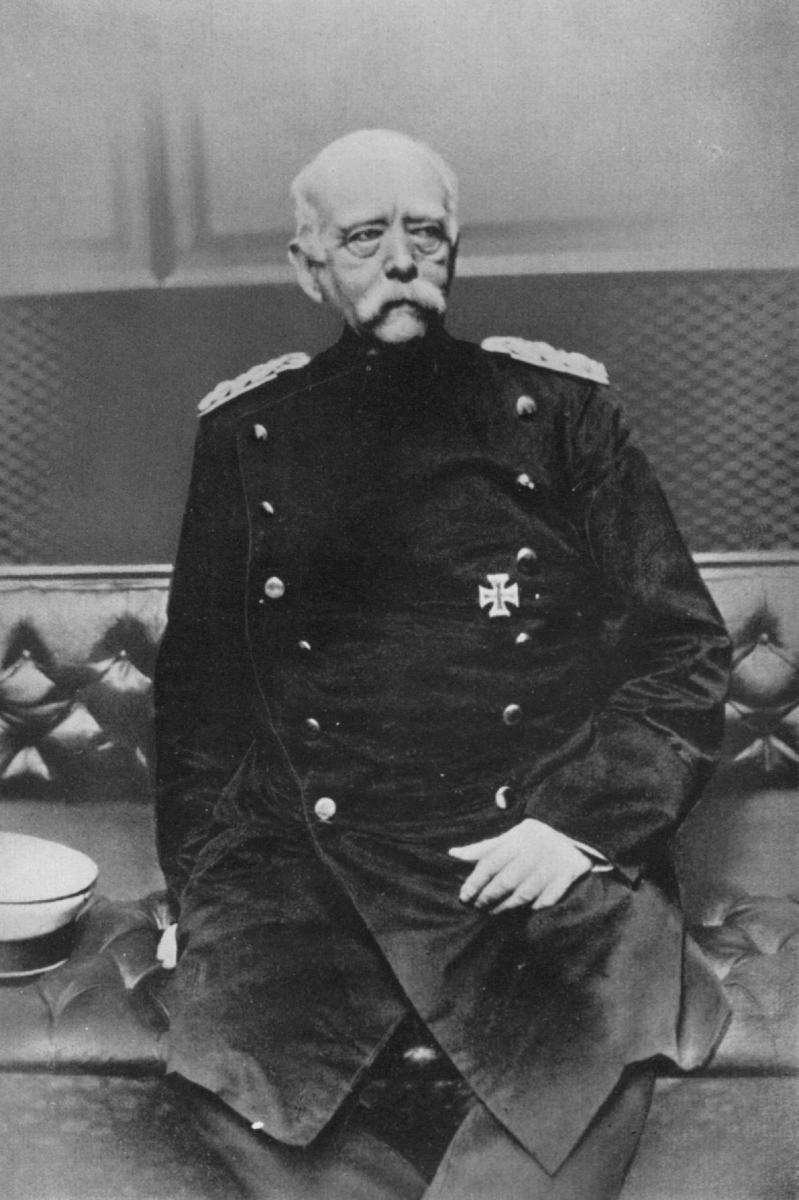Calm Down in Idlib: Do Not Compromise With What Has Been Achieved With Fire
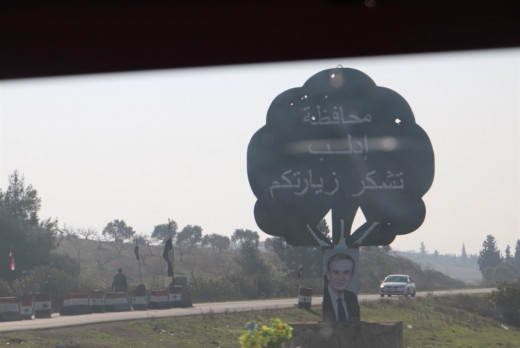
With fire before the understandings, the Syrian army and its allies established their control along the international route Aleppo - Damascus and secured it east and west. They were also able to completely remove the menace from the city of Aleppo, and chase them to the extreme countryside. As for the understanding, the international road to Aleppo - Lattakia is expected to be opened to civilians after a week. Although the ceasefire came into effect, the region remains a candidate for a new round of clashes, as there are no final agreements, nor radical solutions, while it remains constant that the army does not withdraw from any point it reached, contrary to what Turkey was demanding.
Despite the convening of the Moscow summit, which brought together Russian President Vladimir Putin and Turkish Recep Tayyip Erdogan, yesterday, the military operations did not stop in the Idlib region, especially from the point of armed groups and Turkish forces. While the two presidents were consulting on the fate of the area where military escalation has increased in recent months to record levels, armed factions backed by heavy Turkish fire cover attacked the area of Saraqeb in the southeastern countryside of Idlib, without being able to achieve any results. The Syrian army was able to repel the attacks, and also bombed the Turkish artillery theaters, killing two Turkish soldiers and wounding 3 others. Also, he launched artillery, missile, and air attacks against many of the militants ’targets in the southern Idlib countryside. And the official "SANA" agency published aerial scenes showing the army's precise targeting of the militants' locations in Idlib, at a time when it seemed noticeable that the Turkish military movements have decreased in air and ground, with the exception of artillery and missile support for the militants.
Despite the many attempts of the militants to achieve field gains in the lost time before the ceasefire took effect at midnight on Thursday-Friday, the field map remained the same, and on the basis of which the ceasefire was established, and the understandings around it between Moscow and Ankara. As expected, the two sides reached a decision to calm the field, and an understanding regarding the opening of the international road Aleppo - Lattakia (M4) (see news on 2 March 2020).
Several follow-up sources confirm that "this understanding is temporary, not a final agreement."
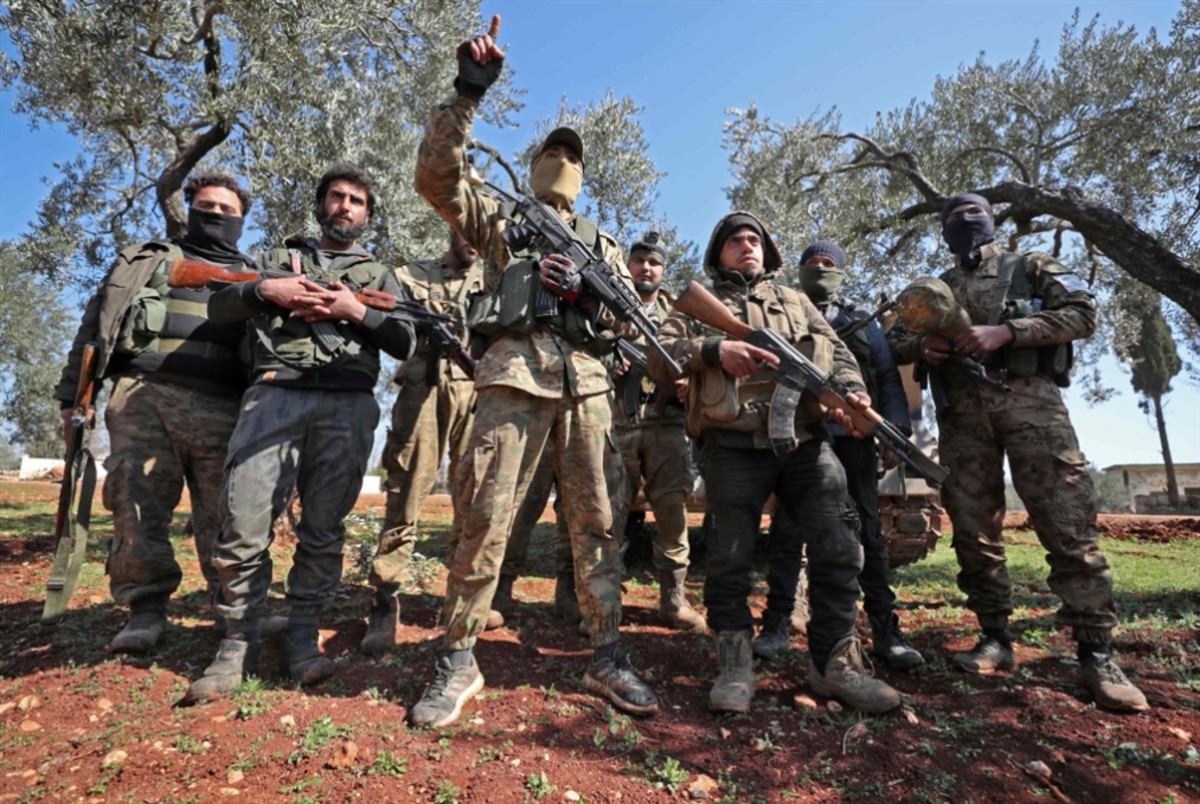
The Russian and Turkish Presidents adopted a joint document that includes several points, called the “Additional Protocol to the Memorandum on establishing stability in the Idlib area to reduce the escalation dated September 17, 2018”. It stated that "there is no military solution to the Syrian conflict, which can be settled only as a result of a political process led and implemented by the Syrians themselves, with the support of the United Nations, in accordance with Resolution 2254 of the United Nations Security Council". Perhaps the most important points of the document that will be translated directly are the ceasefire along the existing lines of contact today, in addition to “establishing a safe corridor 6 km north and 6 km south from the M4 road”, provided that the precise criteria for the work of the safe passage are coordinated. Through communication channels between the defense ministries of the Russian Federation and the Turkish Republic within 7 days, knowing that the conquest of “Aleppo - Lattakia ”was a basic demand of Damascus, Moscow, and Tehran, and it is enshrined in the“ Sochi Agreements ”that Ankara was evading from their implementation. The two parties also agreed to conduct joint patrols starting from 15 March this year on the same road, on the part that extends between Ternba (west of Saraqib) and Ain al-Hoor (northeast of Latakia), with a distance of up to 70 km. More importantly, it is necessary to stabilize the current lines of contact, with the matter concerned by opening the entire international route Aleppo - Damascus (M5), and keeping it under the control of the Syrian army.
On the other hand, the new understanding established the presence of Turkish forces along the lines of contact, along with the armed factions, from Darat Izza in the north, to Qadtanaz and its surroundings in the southeast of the city of Idlib. This may open the way for new rounds of clashes between the Syrian and Turkish armies in the region, as happened in the past days. Several follow-up sources confirm that "this understanding is temporary, not a final agreement, and therefore the return of military operations is inevitable in the future, which means a new confrontation with the Turkish army".
By the end of this phase of military operations, by the start of the ceasefire, the Syrian army and its allies have taken control since the beginning of their operations in the countryside of Aleppo (south-southwest-northwest) and rural Idlib (eastern-southern) approximately early this year. 215 villages, towns and districts. They will also be able to secure the Damascus-Aleppo International Road, after liberating a distance of approximately 100 km from this road. According to this map of control, the area recovered by the Syrian army is about 1,900 square kilometers.
You May Also Read:
- The Secrets of the Idlib Battles
Behind the scenes of the game of fire in northern Syria, a set of triple and bilateral encounters has defined the features of the current battle. The basis for what is going on is Damascus’s decision to move towards the liberation of Idlib, in additi - A Renewed Escalation in the Idlib and Aleppo Countryside: No Gains for Erdogan
Just before Turkish President Recep Tayyip Erdogan headed today to Moscow to meet his Russian counterpart, Vladimir Putin, armed factions with Turkish artillery and missile support launched attacks on several axes in the rural areas of Aleppo and Idl


